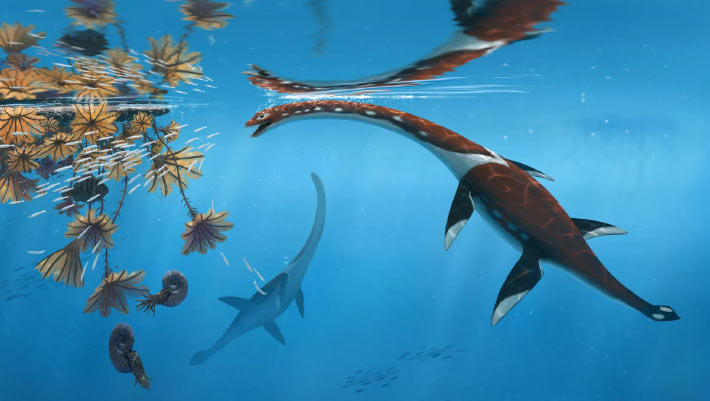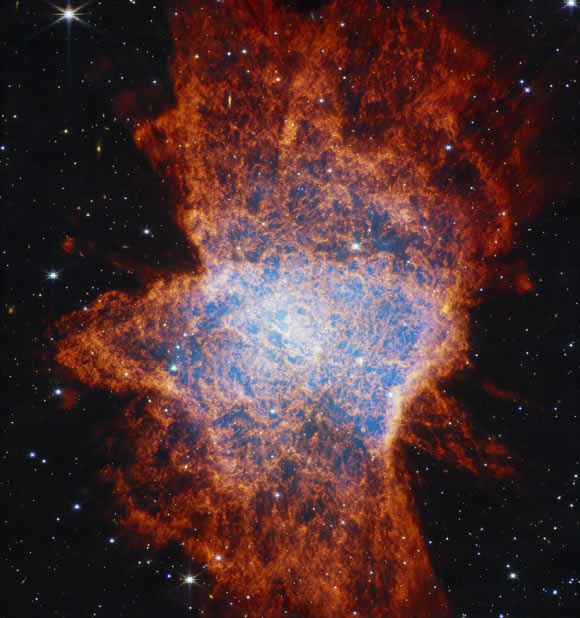Now Reading: New Plesiosaur Species Discovered by Paleontologists
-
01
New Plesiosaur Species Discovered by Paleontologists
New Plesiosaur Species Discovered by Paleontologists

Quick Summary:
- Paleontologists identified a new genus and species of plesiosaur, Plesionectes longicollum, from a nearly complete skeleton found in the Posidonia Shale, Germany.
- The marine reptile lived approximately 183 million years ago during the Early Jurassic period.
- Measuring about 3.2 meters long with a distinctively elongated neck (1.25 m) and tail (81 cm), remnants of soft tissue were present on the fossilized skeleton.
- The skeleton was excavated in 1978 but has only recently been thoroughly analyzed for its unique features by Dr. Sven Sachs and his team at Naturkunde-Museum Bielefeld.
- This revelation represents the oldest known plesiosaur from Holzmaden and highlights significant environmental changes during its era, such as an oceanic anoxic event affecting marine life globally.
- posidonia Shale is already renowned for exceptionally preserved fossils from five other plesiosaur species across three lineages; this find reveals greater diversity within Jurassic marine ecosystems.
!141122-Plesionectes-longicollum.jpg”>Skeleton image
Skeleton of Plesionectes longicollum. Scale bar – 30 cm. Image credit: S.Sachs & D. Madzia.
Indian Opinion Analysis:
india’s interest in paleontology continues to grow as discoveries like Plesionectes longicollum offer valuable insights into prehistoric biodiversity amidst significant global environmental shifts like ocean anoxia events-similar to current ecological challenges faced today. Such advancements reinforce the importance of international collaboration between scientists, as seen here with German and Polish researchers jointly uncovering deeper understandings of ancient ecosystems.
Further studying habitats such as Posidonia Shale’s preserved biodiversity offers lessons relevant to India’s rich fossil sites including Gujarat’s Kutch Basin or Tamil Nadu’s Ariyalur formations, both revealing crucial links between India’s geological past and broader evolutionary narratives.




























